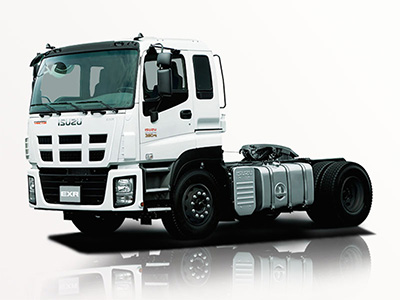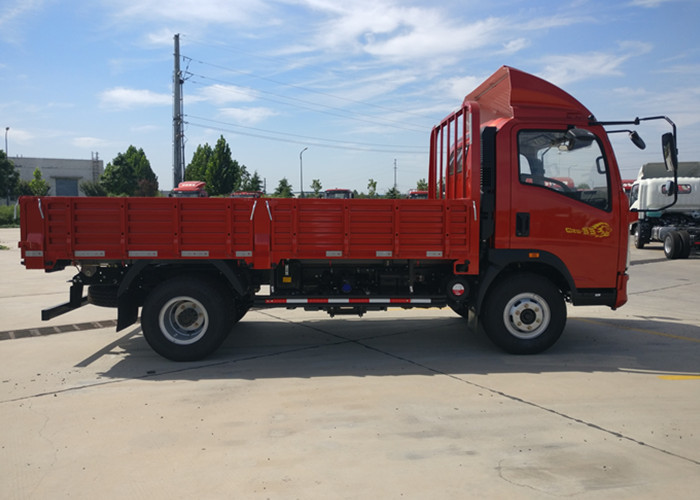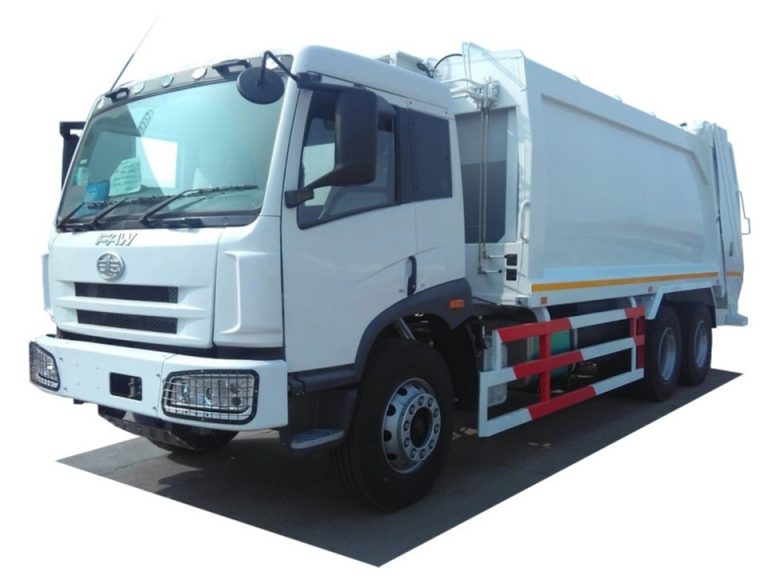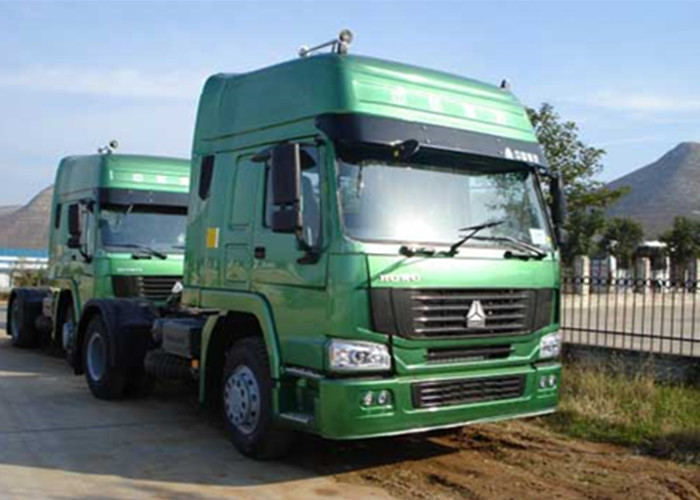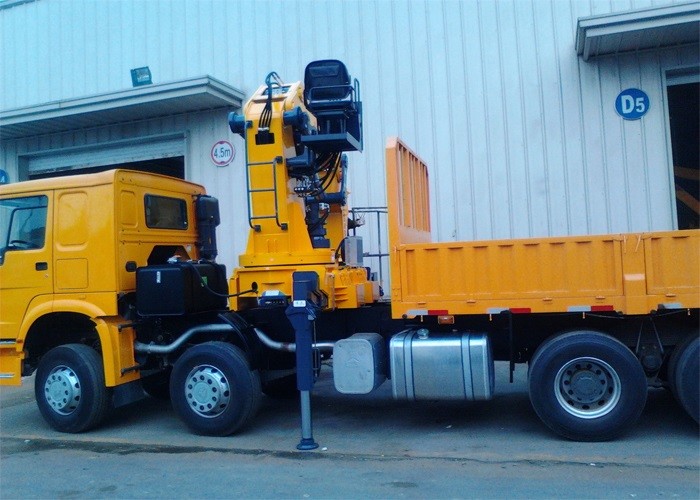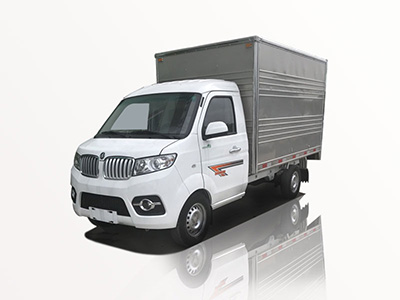Garbage trucks are an essential part of waste management systems in urban and rural areas. The size of these trucks can significantly impact efficiency, collection rates, and operational costs. In this article, we will explore various facets of garbage truck size, including types, standard measurements, factors influencing size choices, and tips for choosing the right truck for specific needs.
What You Need to Know About Garbage Truck Size
Why Size Matters
The size of a garbage truck is crucial for multiple reasons:
- Capacity: Larger trucks can hold more waste, reducing the number of trips needed for collection.
- Efficiency: The right size truck can improve fuel efficiency and operating costs.
- Accessibility: Smaller trucks can navigate narrow streets and residential areas more easily.
Types of Garbage Trucks by Size
Standard-Sized Garbage Trucks
Standard garbage trucks typically have a capacity ranging from 10 to 20 cubic yards. They are widely used for residential waste collection and are suitable for most urban environments.
Large Garbage Trucks
Large trucks can hold 20 to 40 cubic yards of waste. These trucks are often seen in commercial settings, construction sites, or large residential areas requiring increased capacity.
Mini Garbage Trucks
Mini garbage trucks have capacities of about 5 to 10 cubic yards. They are primarily used in narrow streets or for specialized collections, such as recycling in urban centers.
Common Measurements and Specifications
Dimensions of Garbage Trucks
| Truck Type | Length (ft) | Width (ft) | Height (ft) | Capacity (cubic yards) |
|---|---|---|---|---|
| Standard Truck | 24 | 8 | 10 | 10-20 |
| Large Truck | 30 | 8.5 | 12 | 20-40 |
| Mini Truck | 20 | 6 | 8 | 5-10 |
Weight Specifications
Garbage trucks also vary in weight based on their size and capacity:
- Standard Trucks: Average weight is between 26,000 to 33,000 pounds.
- Large Trucks: Weigh between 40,000 to 60,000 pounds or more.
- Mini Trucks: Typically weigh around 10,000 to 15,000 pounds.
Factors Influencing Garbage Truck Size Selection
Type of Waste to Be Collected
The nature of the waste collected (residential, commercial, construction debris) will dictate the necessary size of the garbage truck:
- Residential waste may require standard-sized trucks.
- Construction debris often necessitates larger trucks due to heavier materials.
Collection Frequency
Areas with high waste generation may require larger trucks to optimize the number of collections:
- Frequent pickups can often justify the use of larger trucks to minimize operational costs.
- Conversely, less frequently serviced areas might operate efficiently with smaller trucks.
Geographical Considerations
Urban versus rural settings also play a crucial role:
- Urban areas may require smaller trucks to navigate tight spaces.
- Rural areas can typically benefit from larger trucks that cover longer distances more efficiently.
Examples of Garbage Truck Size in Various Scenarios
Residential Area Collections
In a suburban neighborhood, standard-sized garbage trucks with 10-20 cubic yard capacity are often employed. These trucks efficiently collect household waste once a week, optimizing pickup schedules while navigating narrow streets.
Commercial Waste Management
In commercial districts, larger trucks with a capacity of 20-40 cubic yards may be used. These trucks collect waste from restaurants and stores more frequently to manage higher waste volumes efficiently.
Construction Sites
For construction and demolition sites, larger, heavy-duty trucks are necessary to hold the debris generated. These trucks might use additional features like a dump bed for easier unloading.
Practical Tips for Choosing the Right Garbage Truck Size
Evaluate Waste Volume
Assess the average volume of waste generated weekly to determine the appropriate truck size. Consider both regular maintenance and seasonal peaks.
Consider Accessibility
Look into the locations where the truck will operate. For tight corners or residential areas, smaller trucks may be essential.
Consult with Waste Management Experts
Engaging waste management consulting firms can provide insights into the best practices and potential logistics for selecting the right truck size.
Understanding the Regulatory Landscape
Weight Limits and Regulations
Different regions have weight restrictions for vehicles on public roads. It’s important to stay informed about local laws that could impact truck size and loaded weight:
- Check weight limits on local roads, especially in residential areas.
- Be aware of emissions regulations that can require investing in smaller, modern trucks.
Permit Requirements
Some jurisdictions may require special permits for large trucks operating in urban settings. Always ensure compliance with local laws to avoid fines.
Trends in Garbage Truck Design and Size
Electric Garbage Trucks
With an increasing focus on sustainability, electric garbage trucks are becoming more popular. These trucks often have similar sizes to traditional trucks but provide a greener option for waste management.
Smart Technology Integration
Many modern garbage trucks are equipped with smart technologies, allowing for real-time tracking and more efficient routing, thereby optimizing the size and capacity needed for specific waste collections.
Frequently Asked Questions (FAQ)
1. What is the average size of a garbage truck?
The average size of a garbage truck typically ranges from 10 to 20 cubic yards for standard residential collections.
2. How do I determine the right size truck for my city?
Evaluate factors such as waste generation volumes, frequency of pickups, and geographical challenges to select the right size.
3. Are larger garbage trucks more efficient?
In some cases, larger trucks can be more efficient as they can carry more waste per trip; however, accessibility is also a crucial factor.
4. What is the cost difference between small and large garbage trucks?
Smaller trucks generally cost less upfront but may require more frequent operation. Larger trucks have a higher initial cost but can save on operational efficiency.
5. Can garbage truck size affect environmental impact?
Yes, the size can influence fuel consumption and emissions. Larger trucks, when used effectively, can reduce the total number of trips, ultimately minimizing environmental impact.
6. What innovations are affecting garbage truck sizes?
Innovations such as electric vehicles and routing technologies are prompting a reevaluation of truck sizes, promoting smarter and more efficient waste collection.
